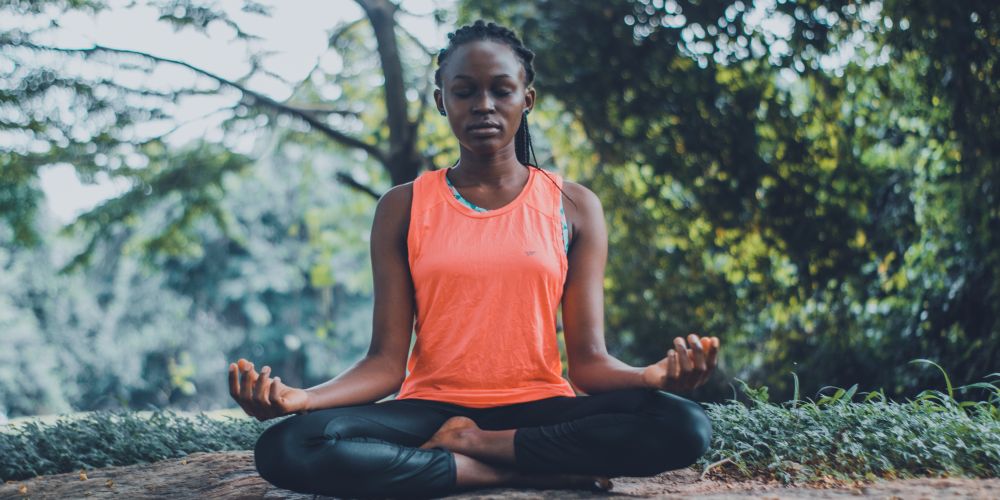February 10, 2021

It can be easy to get lost in the busyness of everyday life with so much going on around us. Add in the pull of technology to be constantly plugged in and it can feel like our minds are addicted to distractions. Many of us spend a large part of our lives on autopilot, repeating the same habits, patterns, and behaviours, day after day without thinking. We can get caught up in our thoughts and emotions where our brains react automatically. When we do this, we have disconnected from the present moment and reality. And when we do notice something in the present, our habit is often to judge instantly and react quickly.
This is where mindfulness comes in. Mindfulness helps us be present in our lives and gives us some control over our reactions and repetitive thought patterns. It helps us pause, get a clearer picture of a situation, and respond more skillfully. When we practice mindfulness, we are practicing the art of creating space for ourselves—space to think, space to breathe, space between ourselves and our reactions. When we turn our attention inwards, we pause and take time to check in with ourselves both mentally and physically.
In practicing mindfulness we cultivate tools to help us be in the present moment, to be aware of what we are sensing and feeling in the moment without interpretation or judgement. Spending too much time planning, problem-solving, daydreaming, or thinking negative or random thoughts can be draining. It can also make us more prone to stress and anxiety. Practicing mindfulness exercises can help you direct your attention away from this kind of thinking and better engage with the world around you.
Here are a few simple ways to practice mindfulness from Mindful.org:
Mindfulness and meditation are two practices that go hand in hand. Meditation provides a more structured exercise to mindfulness, with many forms of meditation practice out there. Meditation coach and authors Ed and Deb Shapiro explain that, “mindfulness supports and enriches meditation, while meditation nurtures and expands mindfulness. Where mindfulness can be applied to any situation throughout the day, meditation is usually practiced for a specific amount of time.” Remember, there is no right or wrong way to meditate.
If you are looking to further your practice in meditation, here are two good introductions to try:
For more meditation resources to get you started:

GOeBlogger is a health enthusiast and avid reader living and thriving in vibrant Vancouver. When she's not nerding out at her laptop, you can find her exploring the beautiful BC coastline with her dog.

Connect with us online for a virtual and personal consultation for minor illnesses.
Call us at 1-866-318-4748
Send us an email
Sign up for the latest news and offers delivered to your inbox.